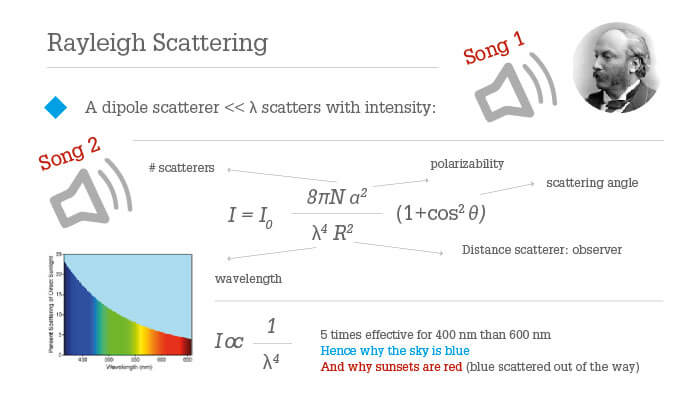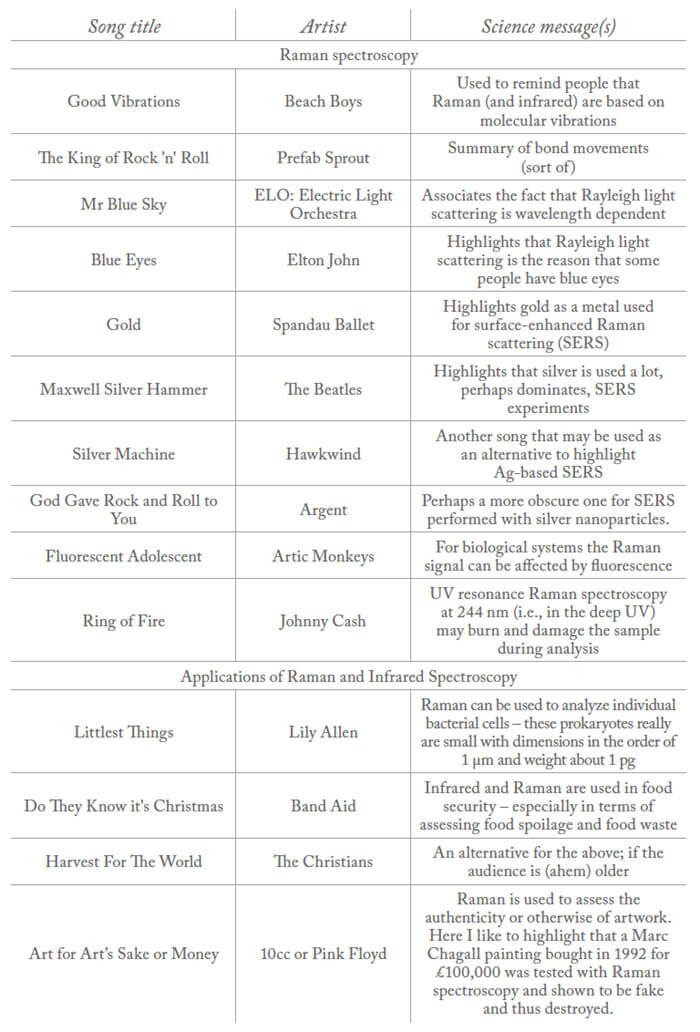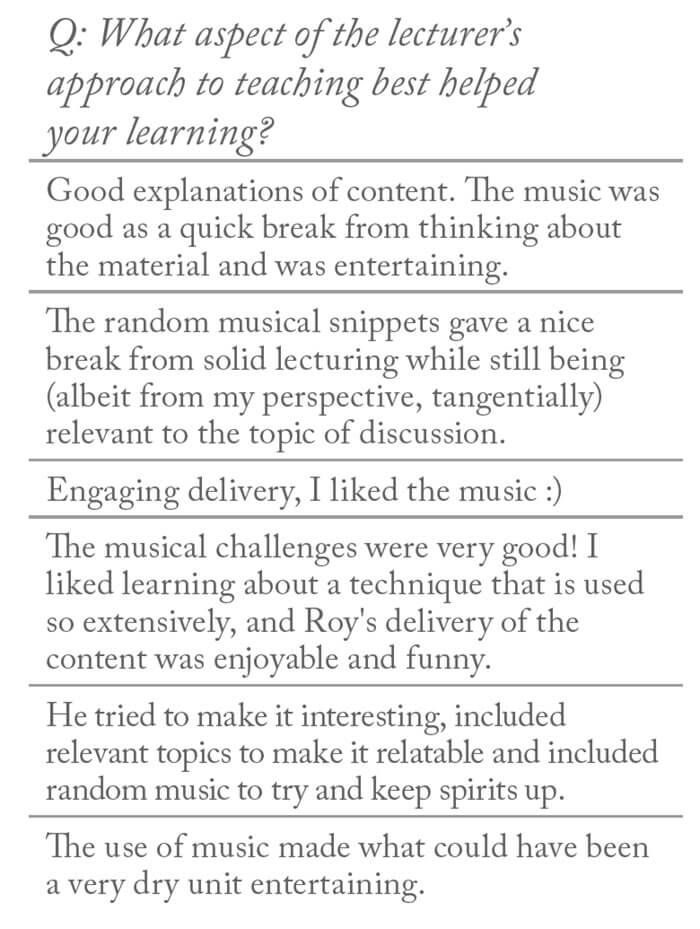Music touches all our lives. It can conjure a memory or feeling more strongly than almost anything else. The links between music and memory are visceral and – whether reminding you of your first kiss or your first concert – last a lifetime.
Even as I write, I’m smiling as I remember the songs I listened to before going out on a Saturday night in my student days, which included “She Sells Sanctuary” by The Cult. Later in the evening I could be found dancing to Billy Idol’s rendition of “Mony Mony” – I could pogo quite well back then!
Another very strong song–memory association was formed in 1993, when my wife was pregnant with our daughter. Vanessa Williams’ “Save the Best for Last” had been released the year before, and was playing constantly on Atlantic 252, a long-wave radio station we played in the car. Now, whenever I hear that song I am reminded of the birth of my daughter, and of my family becoming complete. The lyrics end with “You went and saved the best for last” – most poignant.
But music isn’t just entwined with my personal life – it finds its way into my scientific memories too. One of my most striking musical associations related to science was during a visit to a chicken-processing plant at Sun Valley Foods Ltd 18 years ago. At the time, they processed 935,000 chickens per year, and I was investigating the possibilities of using infrared spectroscopy as a rapid tool to detect food spoilage; a method that we subsequently showed was indeed possible (1). I was told to wear ear defenders: whilst the machinery was below European sound limits, the music was on so loud it broke the legal limit. Now every time I hear “You Get What You Give” by the New Radicals, I see chickens floating above my head. I’m sure readers will have many similar song–memory links.
I first realized the potential for music in education during my high school exams. I used to play music from my favorite bands on my Sony Walkman (younger readers might have to look that up), which helped me cram. I remember thinking that if only the musical lyrics had contained facts, I’d have done much better…
A couple of years ago, I was reminded of the power of music and memory when I heard my friend and colleague Colin Campbell (School of Chemistry, University of Edinburgh) using music in an after-dinner lecture during the annual Infrared and Raman Discussion Group Christmas meetings (also known as the Infrared and Raman Drinking Group). Within a memorable talk on surface enhanced Raman scattering, which he was developing for the measurement of the redox potential in situ within cells (2), Colin captivated the audience by using musical quizzes. I borrowed (perhaps “stole” would be more accurate) his idea for use in undergraduate teaching, with three main reasons in mind:
The first reason is to punctuate scientific points. For example, when discussing Rayleigh light scattering I play “Mr. Blue Sky” by the Electric Light Orchestra. This happy song associates the fact that light scattering is wavelength dependent. According to Lord Rayleigh, the intensity (I) of light scattering approximates to be inversely proportional to the wavelength of light to the power of 4 (i.e., I = 1/λ4) and thus light scattering is ca. five times more effective for 400 nm (blue light) than 600 nm (red light). This can then be followed with a discussion on why certain people have blue eyes – also due to Rayleigh light scattering by proteins in the eye (which I accompany with “Blue Eyes” by Elton John). Table 1 highlights some songs, artists, and the science associations that I have used in lectures on Raman spectroscopy. Also included are a few songs that I have used to help people remember areas that Raman (and infrared) spectroscopy are applied within.

The second reason is that it’s fun and increases student interaction. It allows the class to play name that tune, with prizes given to the first person to get the song title correct, and another for naming the right artist. (I recommend spherical chocolates – maximum accuracy when throwing to a worthy recipient!)
The third reason? Music acts as a brain “reset.” Most lectures are 50 minutes long, and I think lecturers sometimes forget that 50 minutes is a long time for students to concentrate. I tend to include a music quiz about 20-25 minutes into a lecture, and this allows one to break up what may be quite dense material, lengthening the attention span of the students.
The feedback from my students has been very positive, with one saying “The use of music made what could have been a very dry unit entertaining.” Table 2 contains other anonymous feedback I received. I have also received suggestions from the students of potential songs to include – which is why “Fluorescent Adolescent” by the Arctic Monkeys now features in lectures (science message: for biological systems, the Raman signal can be affected by fluorescence).



The use of music for scientific learning is not new. In 1982, Harold Baum published a delightful book entitled “The Biochemists’ Songbook” (3). Music also features in research projects; there have been some relatively recent developments of turning protein sequences into Protein Music (4). And Howard Shapiro often used lyrics in talks when reporting his studies on flow cytometry – my favorite being “There’s No Business Like Flow Business” (5).
Music and science are both relevant and ubiquitous. I hope that some of you may consider incorporating music into teaching and research. It’s not only fun and memorable for the audience – it’s also highly enjoyable to develop a scientifically inspired playlist.
Google Scholar: https://goo.gl/CVQRuy
Find Roy on Twitter: @roygoodacre

References
- DI Ellis et al., “Rapid and quantitative detection of the microbial spoilage of meat using FT-IR spectroscopy and machine learning”, Appl Environ Microbiol, 68, 2822–2828 (2002). J Jiang et al., “Quantitative measurement of redox potential in hypoxic cells using SERS nanosensors”, Nanoscale 20, 12104-12110 (2014). California State University, Long Beach, “The Biochemists’ Songbook” (2016). Available at: http://bit.ly/2C50Vtu. Accessed January 1, 2019. Wikipedia, “Protein music” (2018). Available at: http://bit.ly/2C4dPaV. Accessed January 1, 2019. Purdue University Cytometry Laboratories, “Cytometry vol 10: Photo & Video” (2007). Available at: http://bit.ly/2C3KhtX. Accessed January 1, 2019.




